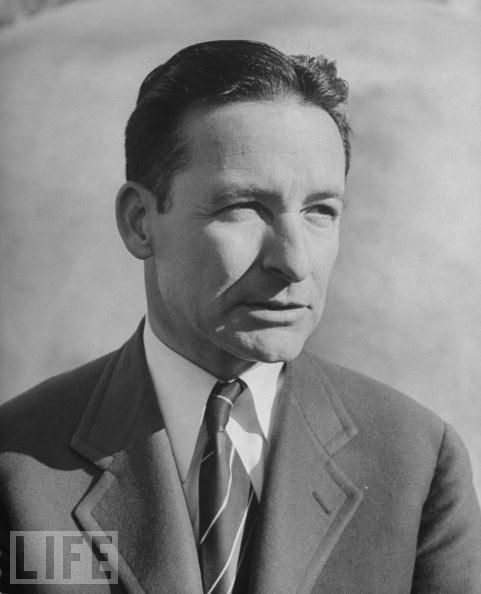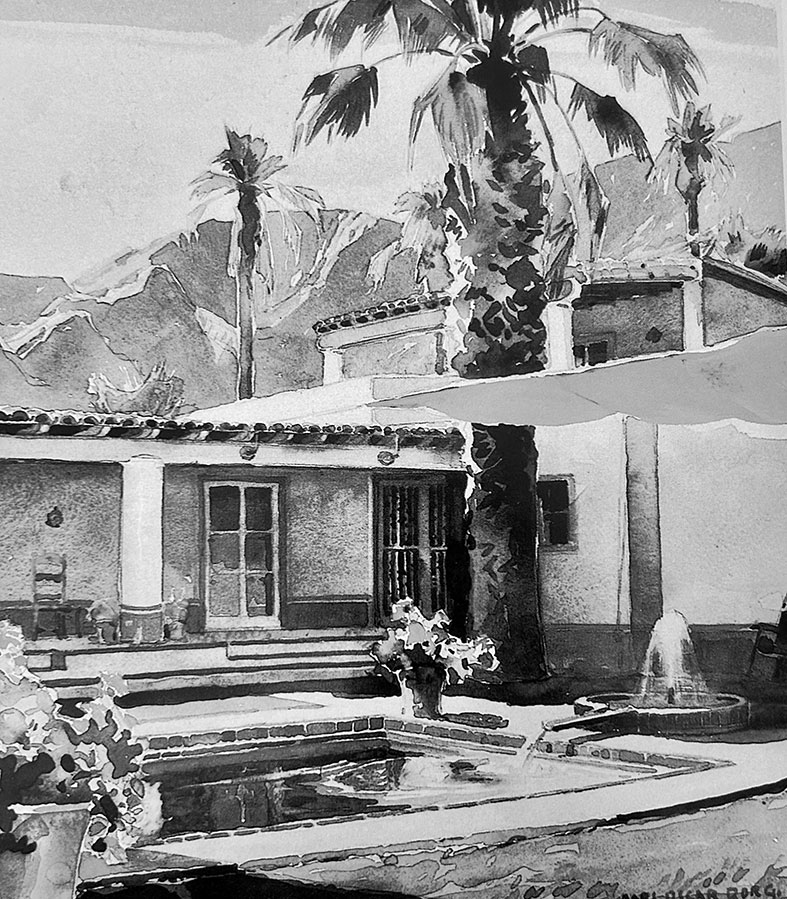Wallace Neff – Architect of a Golden Era 1895-1982

By Huan Gu
Wallace Neff was born in Southern California on his family’s ranch in La Mirada, south of Los Angeles. His maternal grandfather, Andrew McNally, made a fortune as co-founder of the renowned Rand McNally Map Co.
As a young boy, Neff gathered with his family for Sunday dinners at his grandfather’s house in Altadena, a magnificent creation by architect Frederick Roehrig. This experience allowed Neff to immerse himself in the world of design, exploring the Turkish Room and absorbing the diverse influences from distant lands. The Andrew McNally House, with its emphasis on a horizontal orientation, blended harmoniously with its lush surroundings, a principle that Neff would come to embrace in his own work.
In 1909 the whole family decamped for Europe, first to Switzerland for two years, then to Germany. Neff toured most of Western Europe with his family, and later on his own, sketching buildings, urban scenes, and landscapes. At the outbreak of World War I, in the summer of 1914, the family returned to Altadena.
Back in the US, Neff studied architecture at Massachusetts Institute of Technology, but when the US entered the war, he returned to Southern California and found war-related work at a shipyard in Wilmington. After the war, he received his first architectural commission: a vacation cottage in Santa Barbara for his mother.
Saint Elizabeth of Hungary, Catholic Church in Altadena
Bourne Residence, Palm Springs.
Water color rendering by Carl Oscar Borg
From then on his architectural career took off. He is most famous for designing high-end homes in a Mediterranean style, which he felt appropriate to the place and climate; he said “I just built California houses for California people.” There are 13 homes listed in the Altadena Heritage’s Architectural Database (ahad.altadenaheritagepdb.org) attributed or known to be by Neff.
Neff’s architectural talents extended beyond residential projects. One notable creation is St. Elizabeth’s Church of Altadena, a Spanish Medieval masterpiece built in 1926. This stunning structure, featuring a bell tower patterned after a Spanish watchtower, showcased Neff’s ability to blend historical elements with timeless design.
While Neff gained renown for his elegant Spanish Colonial-revival homes for Hollywood stars, he considered his most significant contribution to be the Bubble Houses/Airforms. Designed as a response to a post-war global housing crisis, these structures made of concrete formed over a balloon, attest to Neff’s creativity and his desire help those in need.
From 1919 to 1975, Neff left an indelible mark on Southern California’s architectural landscape, creating both residential and institutional buildings of note. His passion for design and his commitment to his craft were evident in every project he undertook.


